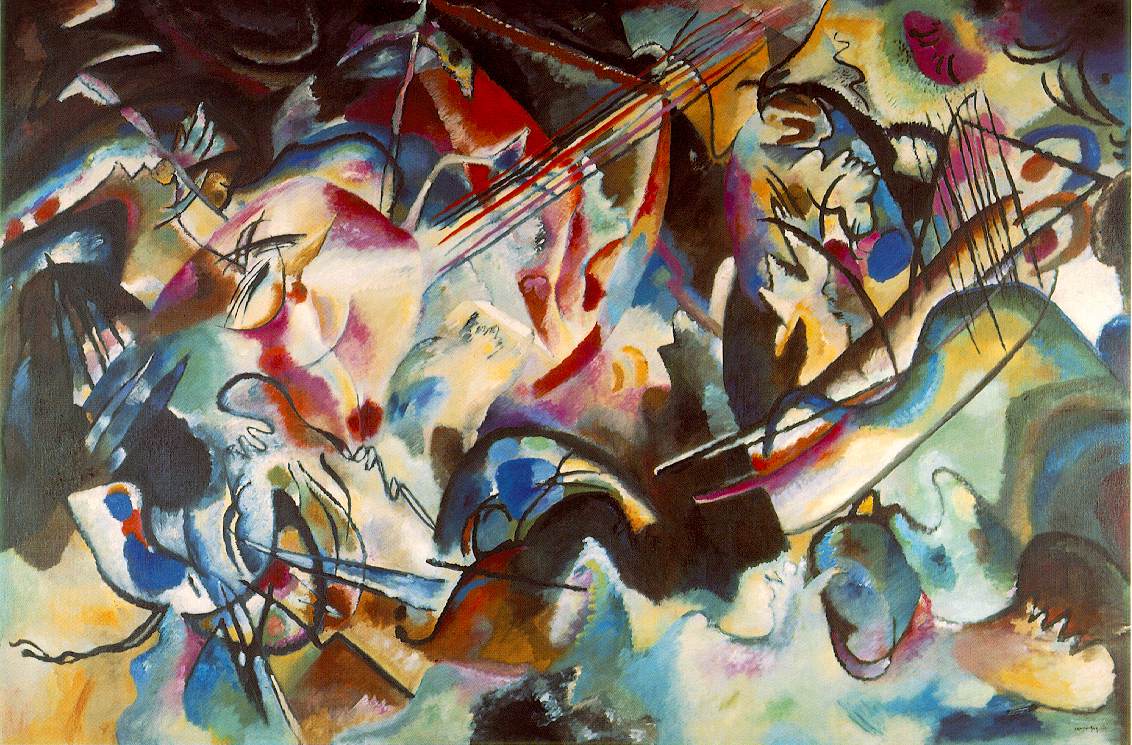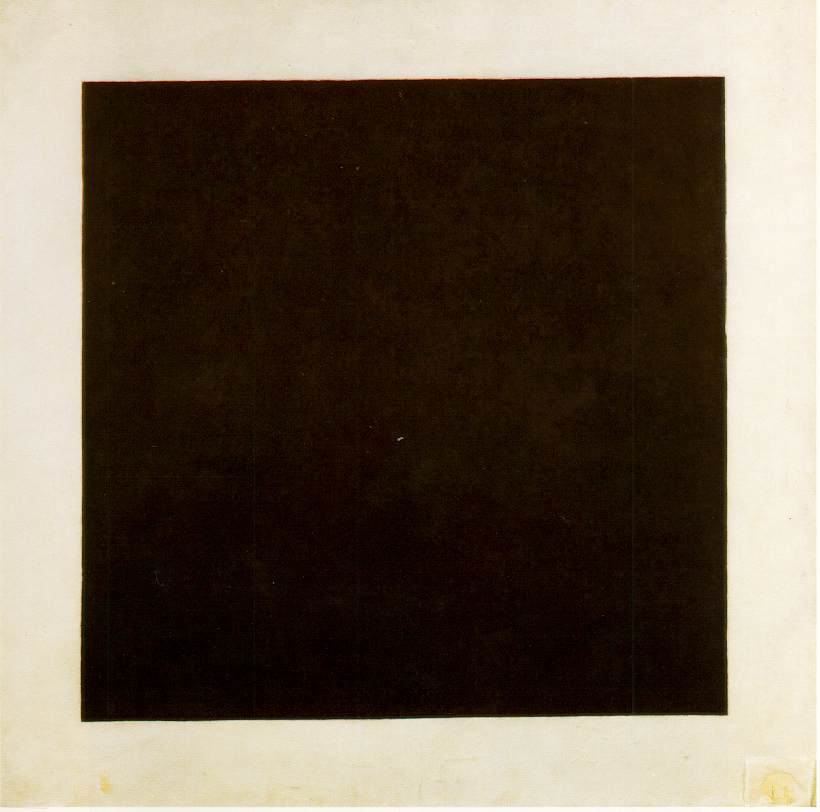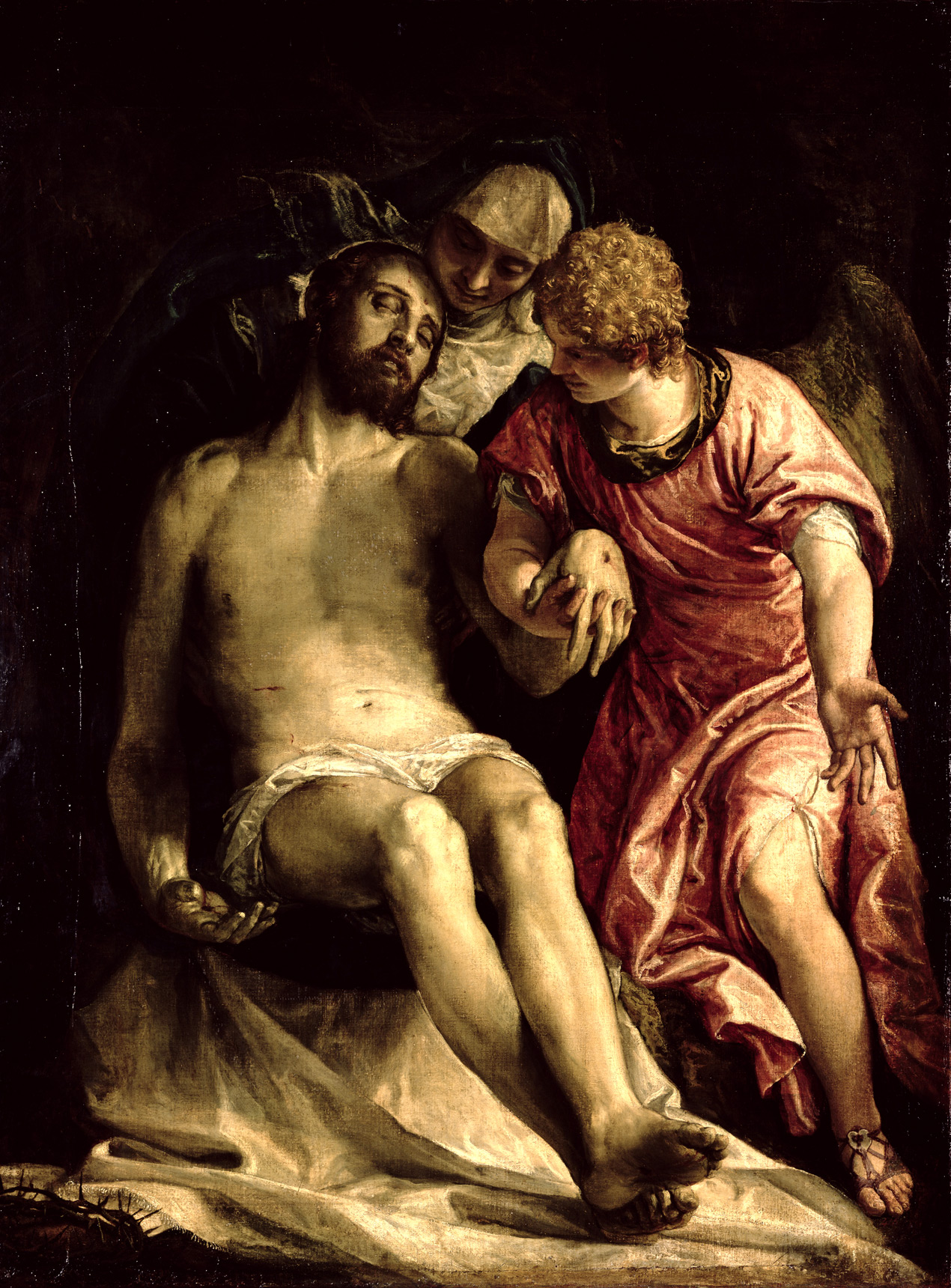Following the presentation in Russia of the exhibition The Prado in the Hermitage (State Hermitage Museum, Saint Petersburg, 25 February to 29 May 2011), which saw the highest visitor numbers of any exhibition held at that museum (more than 630,000), Spain welcomed The Hermitage in the Prado (Museo Nacional del Prado, Madrid, 8 November 2011 to 25 March 2012).
Comprising 179 works from the Hermitage’s celebrated collections of paintings, drawings and sculptures in addition to a large and remarkable groups of archaeological items, examples of the decorative arts, furniture and court dress, The Hermitage in the Prado marked the conclusion of a unique exchange of collections between these two great museums that are not only of equal importance but have similar origins as repositories of the former royal collections of their respective countries.
As was the case with the exhibition of works from the Prado held in Saint Petersburg earlier this year, this exhibition offered visitors the chance to see one museum inside another given that it included not only many of the Hermitage’s most famous works of art and archaeological items but also objects that relate to the Museum’s own history. With this aim in mind the exhibition opened with portraits of Peter the Great, Catherine the Great and Nicholas I and with paintings of the interiors of the Winter Palace and its surrounding area.
With regard to the large and highly important selection of paintings, drawings and sculptures in this exhibition, particularly notable works included

Saint Sebastian by Titian,
The Lute Player by Caravaggio,

Saint Sebastian by Ribera,
-1618.jpg)
Three Men at a Table by Velázquez,
and two works by Rembrandt from the important group of the artist’s paintings in the Hermitage, namely

Portrait of a Scholar
and Haman accepts his Fate.
Among the drawings on display were works by Dürer, Rubens, Watteau and Ingres, while sculptures include the terracotta model by Bernini for The Ecstasy of Saint Theresa, and The Penitent Magdalen, one of Antonio Canova’s masterpieces in marble.
Moving forward in time, the exhibition also featured notable works from the Hermitage’s celebrated holdings of Impressionist and Post-impressionist paintings by artists such as Monet, Cézanne, Renoir, Gauguin and Matisse, the latter represented by Game of Skittles

and Conversation.
There were three works by Picasso, including

Seated Woman and

The Absinthe Drinker.
This section of the exhibition concluded with two great icons of Russian avant-garde art,

Composition VI by Kandinsky

and Malevich’s enigmatic Black Square.
Also:

No avae no Maria (The Month of Mary) Paul Gauguin

Lorenzo Lotto, “Rest on the Flight into Egypt with Saint Justina”

Veronese’s “Lamentation over the Body of the dead Christ”

El Greco’s “Saint Peter and Saint Paul”

Paul Cézanne’s “Blue Landscape,
Related review